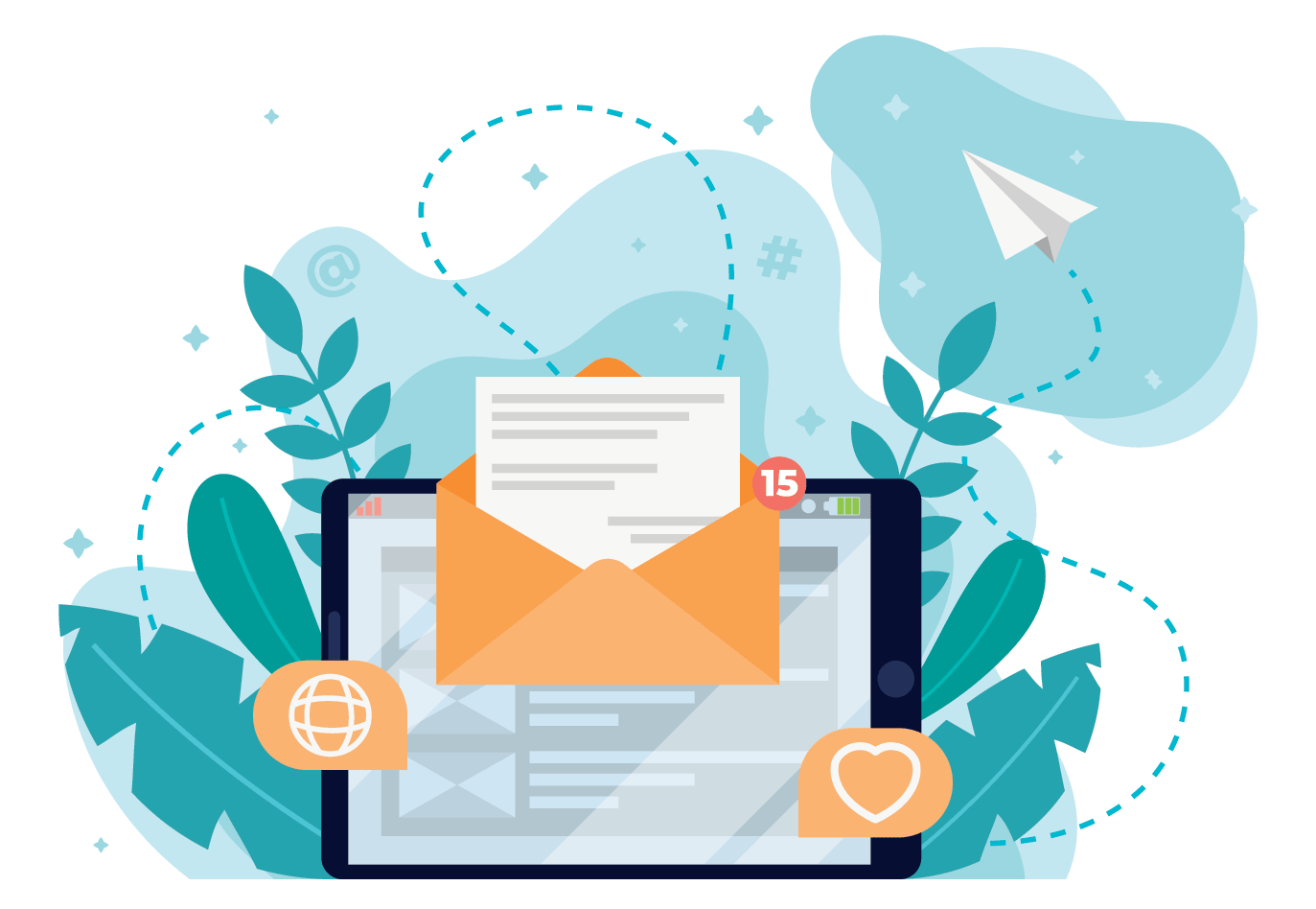
Inactive Contacts and The “Last Chance” Email
Bring your inactive stakeholders back into the fold. Every effort has them. It doesn’t matter if you’re a multinational NGO

You’ve more than likely heard the refrain “Email is Dead.” Much to the chagrin of those who make that proclamation year after year, email is still the number one way that brands communicate with their audience.
That said, every organization should recognize the dos and don’ts of effective email messaging. We’ve put together a list of 11 best practices for advocacy groups, PACs, and online communities to follow as they work to build a more engagement audience.
Here’s the gist:
Many advocacy efforts and groups will pay brokers for access to lists of potential advocates who may have taken action on a similar issue in the past. The problem is, even with assurances from the service or broker, the list may be out of date, individuals may be disinterested in your issue, or a slew of other issues all leading to targeting the wrong people.
Paying for lists of stakeholders is a surefire way to tank your email program. Yes, you’ll have higher numbers in your database, but the folks you bring in likely won’t know anything about your effort and will more than likely be put-off at receiving unwanted email. Even worse, they may flag your email as spam and unsubscribe from your effort, which will hurt your domain reputation with email service providers.
In short, having a large list that doesn’t know who you are, doesn’t open your email, and potentially flags you as a spammer isn’t good for the long-term health of your effort.
Keep your stakeholder growth as organic as possible – work with partners, reward referrals, but don’t buy lists.
Your audience may come and go, but their email addresses are forever. Right? Wrong.
Much to the dismay of many, email lists are unbelievably volatile. Members leave organizations, change jobs, change names, and more. In doing so, their respective email address “goes bad”, potentially generating a bounce or unopened messages that could be affecting your overall email reputation.
It’s important to practice good email list hygiene early and often. Platforms are out there to help you do so – among other things, helping you to potentially sanitize an email address before it even enters the system or checking accounts monthly to ensure your sending reputation stays strong.
We all want our emails to stand out in recipients’ inboxes. We also want people to enjoy reading our messages.
You may be tempted to over-design your emails, but don’t go overboard. For example, you don’t want to use more than three different fonts in a single email (preferably two). At the same time, don’t use too many images, but don’t send text-only emails, either. The goal should be a clean design, one that translates well between desktop and mobile, is easy on the eyes and clear on the messaging.
If you’re not sure where to start with designing email templates, or you’re looking to update your existing branding, SparkInfluence’s email tool is loaded with helpful templates you can use as a starting point. From fly-in invitations, to newsletters, to calls-to-action and more, utilize the pre-built templates available to you in the system and you’ll be off and running, creating great-looking emails in no time.
If you’ve ever used the Apple Mail or Gmail apps, you’ll recognize the email preheader.
Also called the email preview, the email preheader is the additional secondary subject line that displays next to the traditional subject line to entice you to click into the message.
Secondary to the subject line, an 85-100 character preheader is a great opportunity to let your stakeholders know what they can expect from the email. A good preheader in conjunction with a catchy subject line can boost your open rates.
With A/B testing, efforts can send two versions of any email message to subsets of your overall list. Each version has a minor difference – say, two different subject lines – that the system then measures against one another to determine which message “wins” by garnering the most opens or clicks. The winning message is then sent to the rest of the list, ensuring your organization is putting its best foot forward by sending the majority of your audience the message that’s already proven to work.
SparkInfluence’s built-in A/B testing functionality lets the system and your stakeholders do the work for you. Set up a test on either Subject Line or Sender, test with segments of your database, and once the test is complete the system will send out the winning message to the remainder of your stakeholders. It’s that easy!
Not everyone in your database should receive every message you send. Think about your personal online and emailing habits. With vendors and brands, most of us would rather receive messaging relating to our interests or purchases rather than one-size-fits-all email.
Don’t be afraid to segment your database into various lists. Surveying your stakeholders to find out what interests them most, then sending messages tailored to those interests, is a surefire way to increase engagement across the board.
With SparkInfluence’s CRM, you have endless options for tagging and segmenting that makes sense for your organization and the perfect opportunity to target the exact audience you need for each message.
Once you’ve segmented your list, it’s time to personalize the message as best you can. Even adding a simple “Dear Madison” as a greeting can help to boost engagement with your audience.
But why not think about other ways you can personalize your message?
For example, can you personalize the subject line with the city of the specific advocate? A message like “Peoria Legislators Need to Hear Your Voice” has even more oomph than a traditional “Make Your Voice Heard” subject line.
Even the smallest personalization can be a deciding factor in engagement numbers and conversions. From a name in the greeting, to adding information about their giving history or where they live, you can level-up your messaging game and show your readers that you’re listening all while making that deeper connection.
The average human attention span is about 8 seconds. If you need your stakeholders to take action, there’s no time to waste with a multiple-paragraph introduction or filler in your action alert message. Burying your call to action at the bottom of an email will likely mean that most folks may not even see it.
Keeping your call to action “above the fold” – meaning, toward the top – of your email will encourage people to take action quickly. Even better, include multiple links to the action throughout; a text link, a button, etc. Give your readers multiple ways to click through to complete the action you want them to take.
While you may be sending your email on behalf of an organization or effort, it’s important to make a personal connection with your audience.
Whether it’s a newsletter, fundraising solicitation, call to action, event invitation, or something else altogether, including an email signature so the email feels like it’s coming from a person (rather than the brand/organization/company as a whole) can help the message feel more personal and help your stakeholders get to know you and your effort better.
Have you ever submitted a form or taken action but you’re not sure if your response went through? Remove that uncertainty from your stakeholders (AND drive traffic to other actions, resources, etc.) with an immediate response – a thank you, a push towards a contribution, etc.
Auto-responders are transactional emails that can be applied to actions – think “Thank you for contacting your elected officials.” or “Thank you for donating to our organization!” and more. Set up autoresponders in minutes and reap the benefits of an extra touchpoint with your stakeholders every time they interact with your effort.
Automated messaging is a great way to drive engagement with your stakeholders while letting the overall system do the work.
For example:
These are just a few examples of how automated messaging can ease your workload while putting in serious work on your behalf. Work smarter, not harder, with Automations.
One idea to always keep in mind with your effort – whether advocacy, PAC, non-profit or otherwise – is that there is no one answer that will bring you increased engagement. That said, using a combination of the above techniques and guidelines, you should see your overall email engagement go up as you create a connection with your audience, build an ongoing relationship, and encourage continued engagement.
Dive in today with SparkInfluence’s Communications Suite and get started seeing results.

Bring your inactive stakeholders back into the fold. Every effort has them. It doesn’t matter if you’re a multinational NGO

First impressions are key. Are you making the most of the opportunity? Whether it’s a new advocate taking action, or

In-Person Events are Back, Are You Ready? From fundraisers to networking events, conferences to lobby days, and fly-ins: in-person events
SparkInfluence helps the most successful government affairs and public relations teams better educate, engage and empower their networks to act.